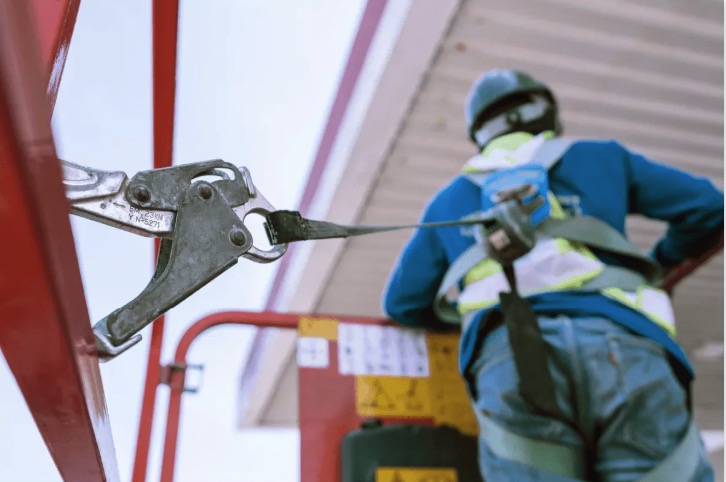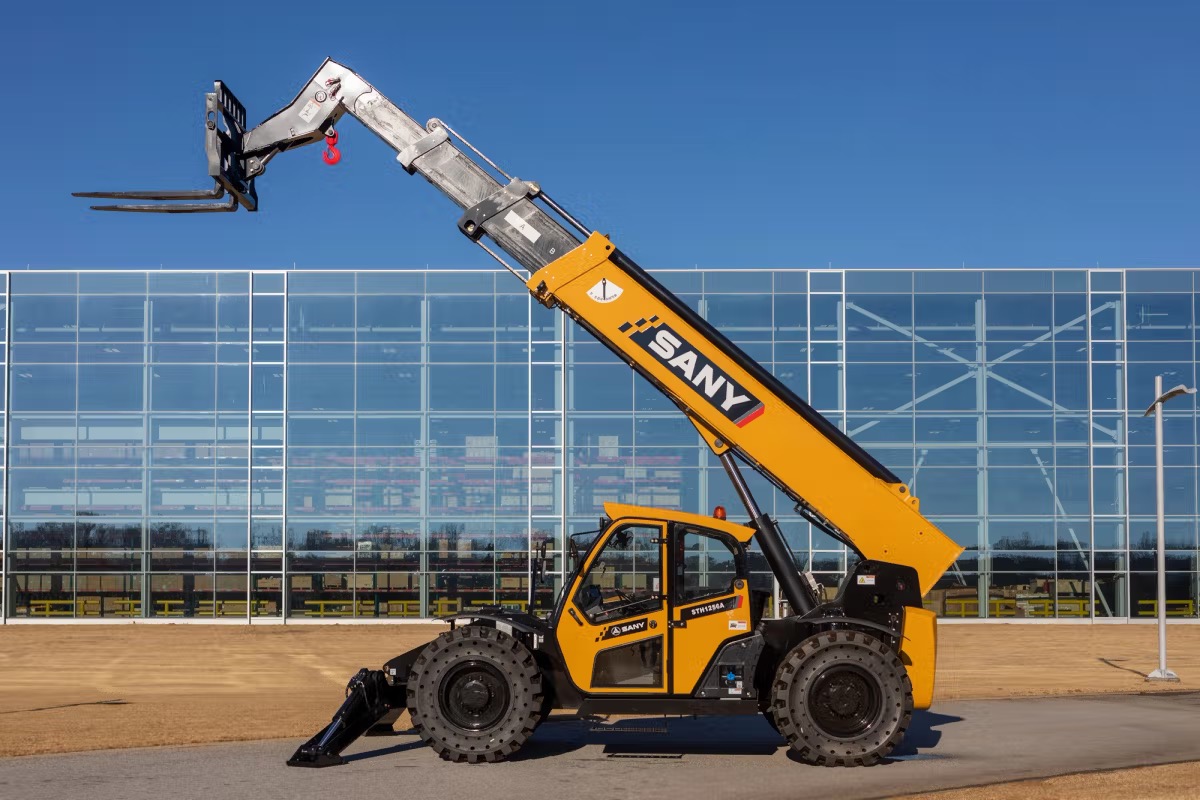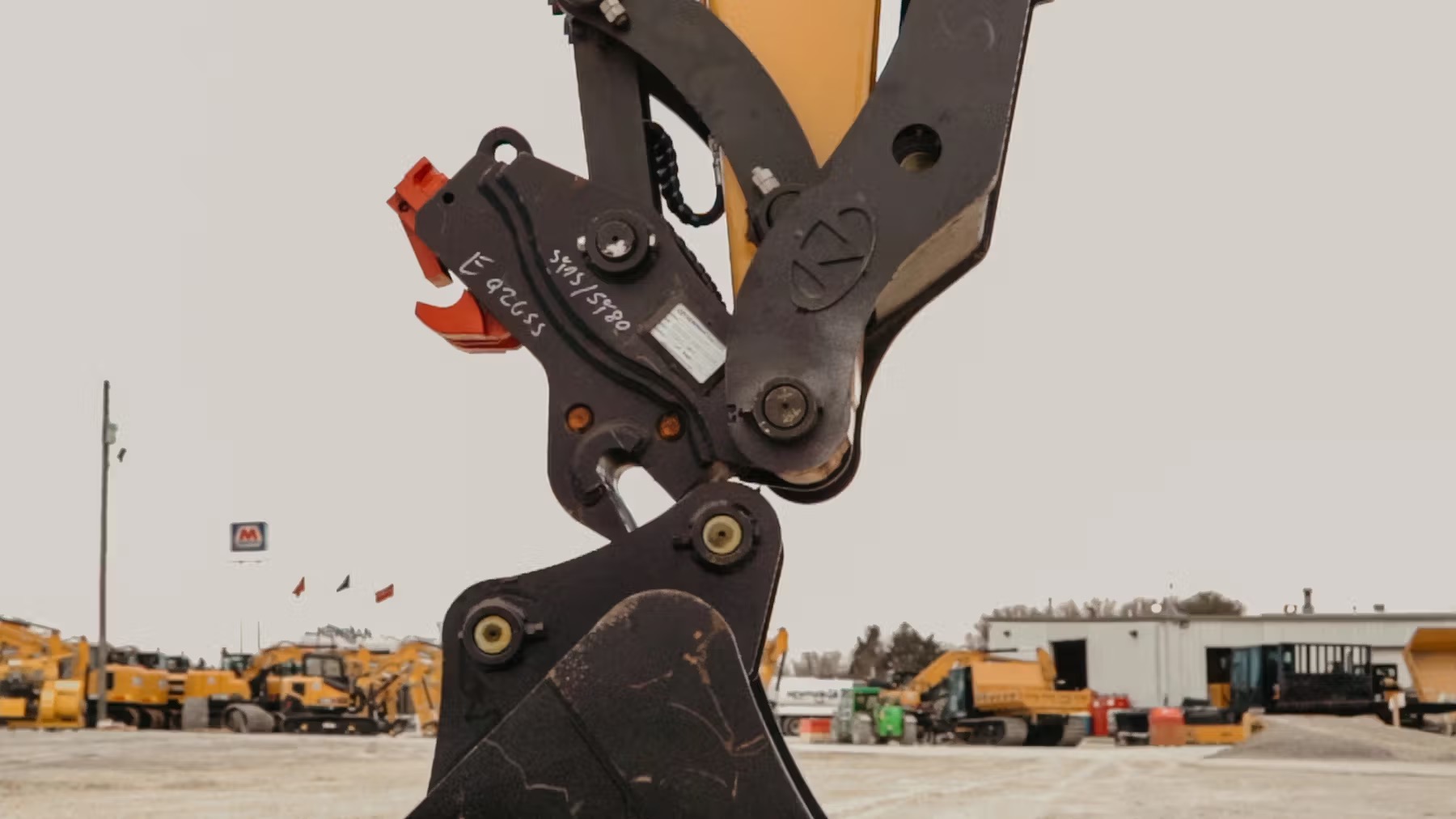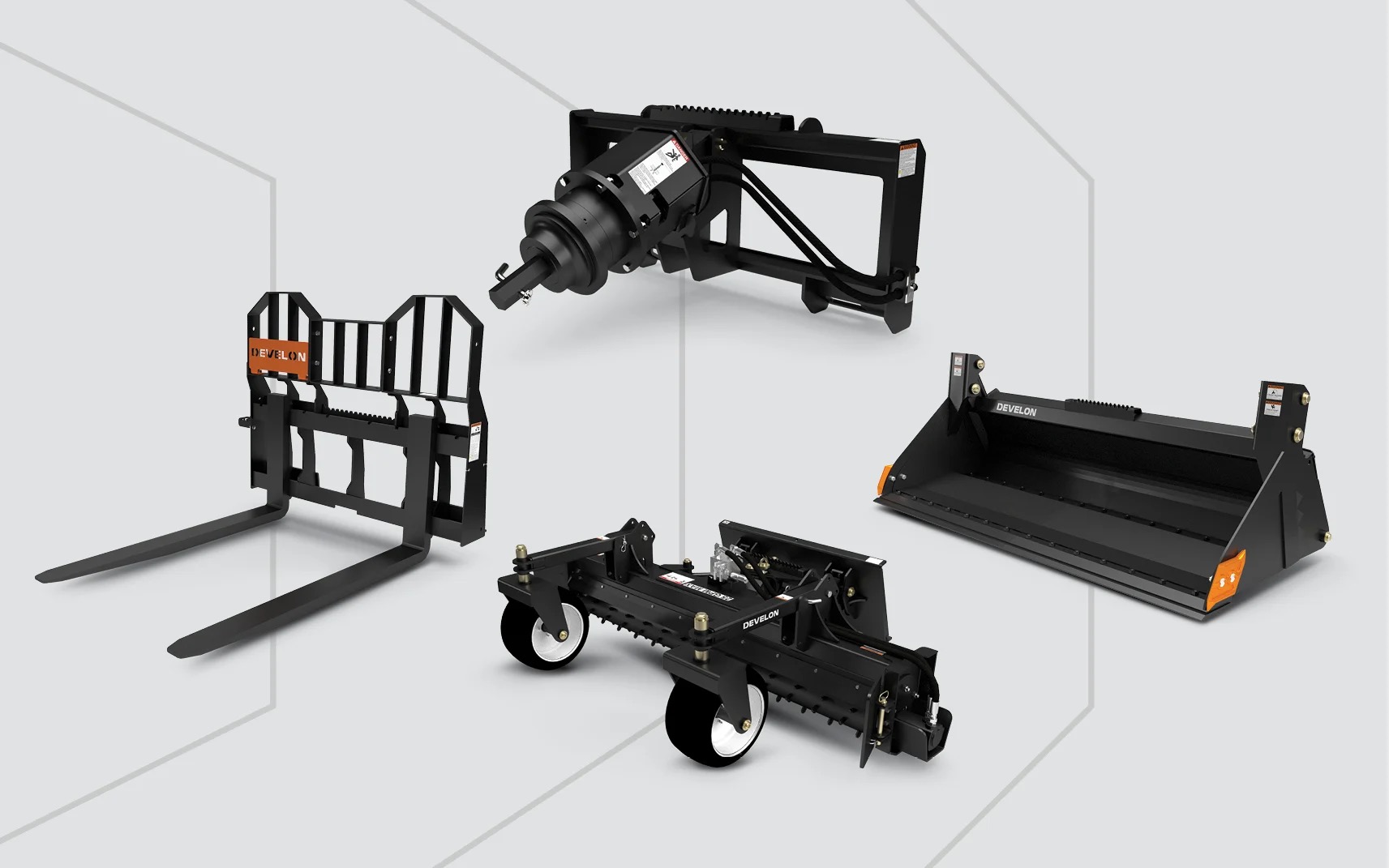
— October 31, 2025
Few machines match the scissor lift in terms of usefulness and ease of use. The scissor lift provides a large work platform that can carry workers and materials atop a scissor-like lifting mechanism to heights of up to 50 feet.
These days, you can find a variety of scissor lifts available for a range of applications. Indoor scissor lifts, which are electric powered, are the most common. They’re frequently used in warehouses and factories to hoist work crews and materials high into the air.
Whether you’re an electric scissor lift operator or you’re in charge of a fleet of scissor lifts, it pays to know how to properly maintain them.
By properly maintaining your scissor lift and implementing an appropriate preventive maintenance program, you can keep maintenance costs low, reduce downtime and maximize operator safety.
Like all heavy equipment, scissor lifts have maintenance needs that must be met in order to keep them in good operating condition.
When considering the best maintenance strategy for your electric scissor lift, it’s helpful to start with the basics. Here are some essential maintenance best practices that should form the foundation of your scissor lift maintenance plan.
The first best practice of electric scissor lift maintenance is to thoroughly study your machine’s service and operating manuals. In particular, your machine’s service manual contains a wealth of information on how to properly care for and maintain your scissor lift.
In your scissor lift’s service manual, you’ll find detailed instructions on how to lubricate the machine and replace parts. The service manual will also list required maintenance tasks for your machine and indicate the time intervals at which each of the maintenance tasks needs to be completed.
The second best practice is to train your operators to begin each shift with a walkaround inspection. During the walkaround inspection, your operators should check the machine for signs of damage, worn out or missing parts and fluid leaks.
Operators should also use this time to check the safety features of the machine such as the emergency shut-off buttons/switches, guardrails and safety harnesses/tie-offs. Conducting frequent walkaround inspections is essential to preventing accidents, downtime and costly repairs.
The third best practice for maintaining your electric scissor lift is to study and implement the relevant OSHA guidelines for aerial work platforms. OSHA guidelines regulate operator training requirements, pre-use inspections, fall protection requirements and maintenance.
Following OSHA guidelines can prevent accidents, injuries and fatalities. Maintaining compliance with OSHA guidelines will also help to maintain your company’s compliance with state and federal laws, thereby preventing fines and legal liabilities.
When it comes to scissor lifts, there are a few important OSHA guidelines that managers and operators should be aware of:
Implementing a preventive maintenance plan is an essential step to ensure your scissor lift stays in optimal condition. The maintenance plan should outline the tasks and schedules that need to be carried out on the scissor lift to prevent breakdowns, reduce downtime and extend the machine’s lifespan.
Your maintenance team or a designated supervisor should be tasked with overseeing the maintenance plan. This person or team should ensure the plan gets followed and all maintenance activities are properly documented.
Any issues that arise during the maintenance process should be reported to the appropriate supervisor or service provider.
A scissor lift maintenance checklist is a document that outlines maintenance tasks that need to be performed on a regular basis to ensure the safe and efficient operation of the machine.
Maintenance checklists help your operators and supervisors ensure that the machine’s maintenance requirements are being met and nothing is slipping through the cracks.
Maintenance checklists are organized into two primary categories – structural checklists and operational checklists. The operational maintenance checklist focuses on the functional components of the scissor lift, such as the hydraulic system, electrical system and controls.
The structural maintenance checklist, on the other hand, focuses on the physical components of the scissor lift, such as the work platform, safety rails and chassis.
Both types of checklists are necessary to ensure the machine is maintained properly. Train your operators to run through each checklist at the start of each shift.
Below are examples of each type of checklist. When coming up with your own maintenance checklist, you’ll want to consult with your machine’s service manual, which will indicate the unique maintenance needs of your particular scissor lift.
While the operational and structural checklists focus on the functional and physical components of the machine, operators should also inspect the work environment before beginning the operation of a scissor lift.
OSHA guidelines stipulate employers are responsible for ensuring the safety and suitability of the work environment before allowing the operation of a scissor lift.
Here is a sample pre-operation, or work area, checklist:

While OSHA guidelines do not require safety harnesses in all cases, many corporations, safety organizations and local jurisdictions do mandate the use of safety harnesses with scissor lifts. OSHA guidelines do state your scissor lift’s work platform must be secured on all sides by guard rails. Workers should only enter and exit the work platform through designated safety gates. Workers should never climb outside the work platform, stand on the guardrails or straddle the guardrails to reach outside the work platform.
Maintaining your heavy equipment is no easy task. If you’re in need of a replacement part for your electric scissor lift, visit MechLink’s online parts catalog to get the right one. With thousands of OEM and aftermarket parts from a variety of leading manufacturers, we have what you need to keep your fleet in top condition. Still can’t find what you’re looking for? Contact one of our parts experts for personalized assistance.

How to spot and replace worn-out seals and gaskets in construction equipment
December 15, 2025

What is a telehandler? applications and advantages in construction
December 15, 2025

Quick couplers for excavators: a game changer for attachment efficiency
December 12, 2025

How utilizing a pin kit can enhance the performance of your compact track loader
December 12, 2025